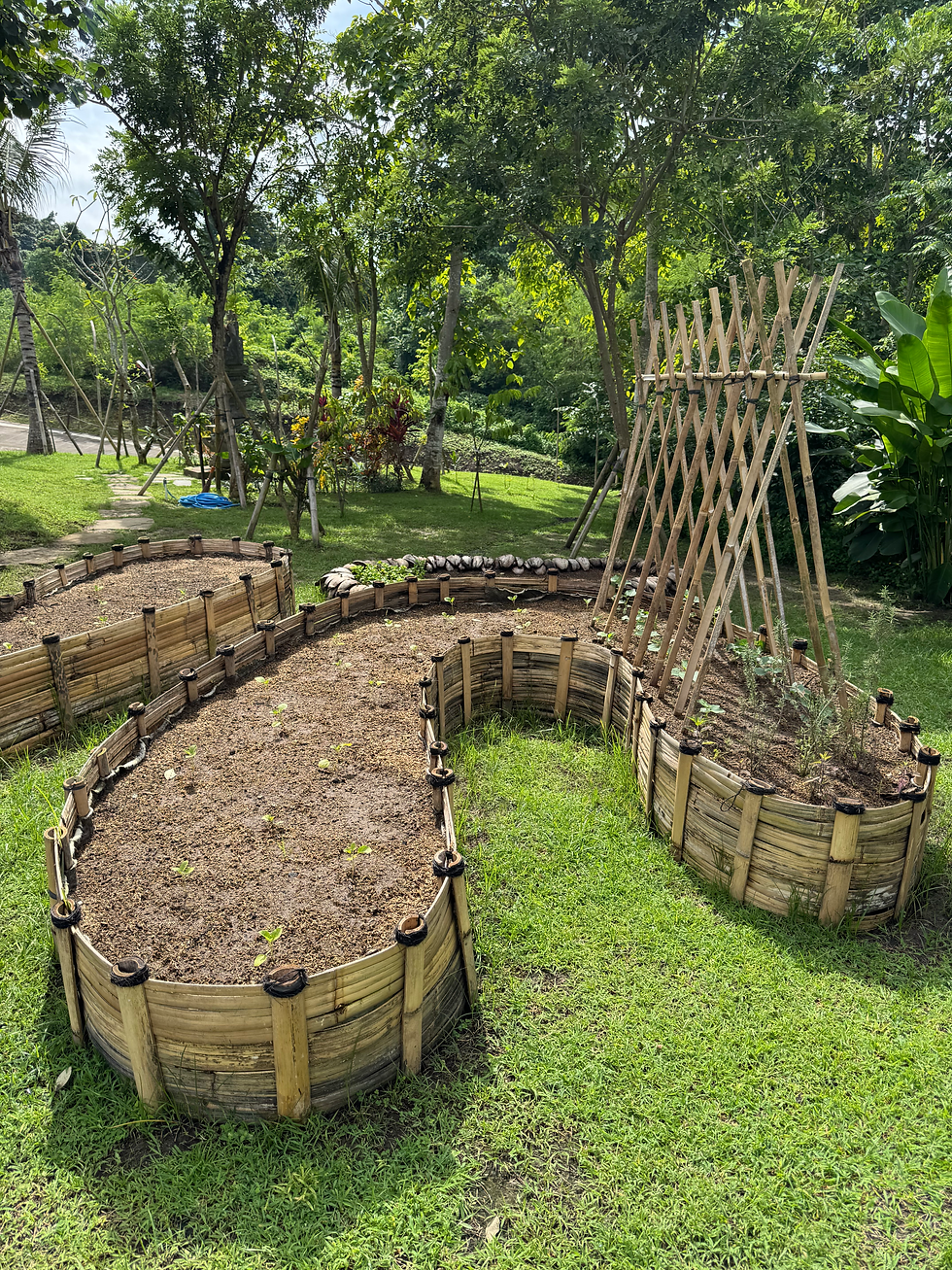Discovering Permaculture
- Gülnur Umur

- Jul 21
- 1 min read
Today, I stepped into a special place on the western coast of Bali, where nature and creativity intertwine: Nuanu Creative City. Located in the Tabanan region near the ocean, this space allows both ideas and nature to flourish. It’s more than just a living space; it’s a vibrant ecosystem dedicated to sustainability, art, education, and community building.

One of the places that intrigued me most within Nuanu was the permaculture area. The small vegetable garden you see in the photo was created based on permaculture principles. Layer by layer, each plant supports the other—some enrich the soil with nitrogen, others keep pests away. Everything works in harmony.
So, What Is Permaculture?
Permaculture is a term derived from the words “permanent” and “agriculture.” However, today, it represents not only a way of farming but a philosophy of sustainable living.

Developed in the 1970s by Bill Mollison and David Holmgren, this approach aims to establish human settlements in harmony with natural cycles by mimicking how nature works. In permaculture, humans do not stand above nature; instead, they become part of it—observing and cooperating with it.
Some of the core principles of permaculture include: caring for the earth and people, producing no waste, observing before acting, creating small and slow solutions, and supporting biodiversity.
I’d like to leave you with a quote from Bill Mollison, known as the father of permaculture, that beautifully captures the soul of this philosophy.




Comments